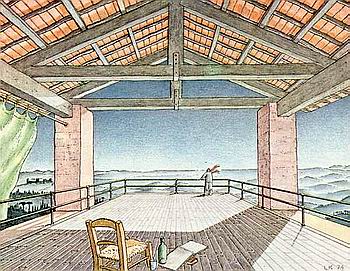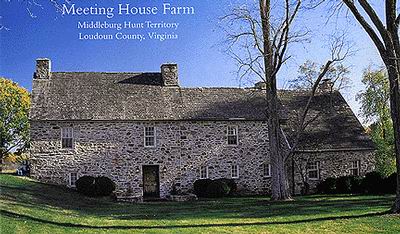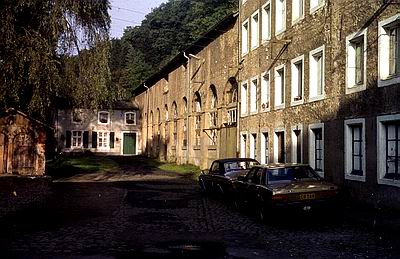|
" Vernacular architecture is the manual-artisan culture of building, based on tectonic logic..."
"Building
is a craft culture which consists in the repetition of a limited number of types and in their adaptation to local climate,
materials and custom. "
Leon Krier

House for G.Mayer in Bagnano (1974), Leon Krier
" Vernacular architecture owes its spectacular longevity to a constant redistribution of hard-won knowledge, channeled
into quasi-instinctive reactions to the outer world. "
Bernard Rudofsky
" Architecture without
Architects "

Meeting House Farm, originally a Quaker meeting place, this historic 90 acre estate was built in 1744 and underwent extensive
reconstruction and restoration in 1987.
(This building is for sale at Forbes.com /Real Estate site)

Top Hollow, Morris Township, New Jersey
(For sale at Forbes.com /Real Estate)
" Some might ask how it is possible to place both classical architecture and vernacular construction on the same spectrum
at all. Aren't they entirely different, or maybe actually in conflict with one another? Ultraviolet is markedly different
from infrared, but both are still light. So what is the commonality that ties classical architecture to vernacular construction?
I feel it is the fact that both meet human habitational needs. Some of the needs are very basic. Vernacular construction tends
to meet the most pressing basic needs of a culture and a region in manners that are tied closely to climate and other local
conditions. Other needs are of higher nature. Man has always had a great need to know who and where he is and to be in harmony
with his surroundings. "
Steve Mouzon

Schleifemillen in Luxembourg surroundings
A 19th manufacture reused as housing and workshops
" Vernacular buildings are built by ordinary people who possess principles, or patterns, that have traditionally been
handed over from generation to generation. A living pattern language is essential to true vernacular construction by those
not trained in architecture.
A community cannot be fully alive, however, without both. Vernacular architecture
meets an individual's basic human habitational needs, especially on a short-term basis. The higher needs, however, cannot
be met by the vernacular. Simply put, the human heart yearns for things which express not only the memory but also the aspirations
of their community and their civilization. Put another way, their most noble buildings should tell the story of not only who
they are and where they have been, but also where they hope to go. "
Steve Mouzon
|
